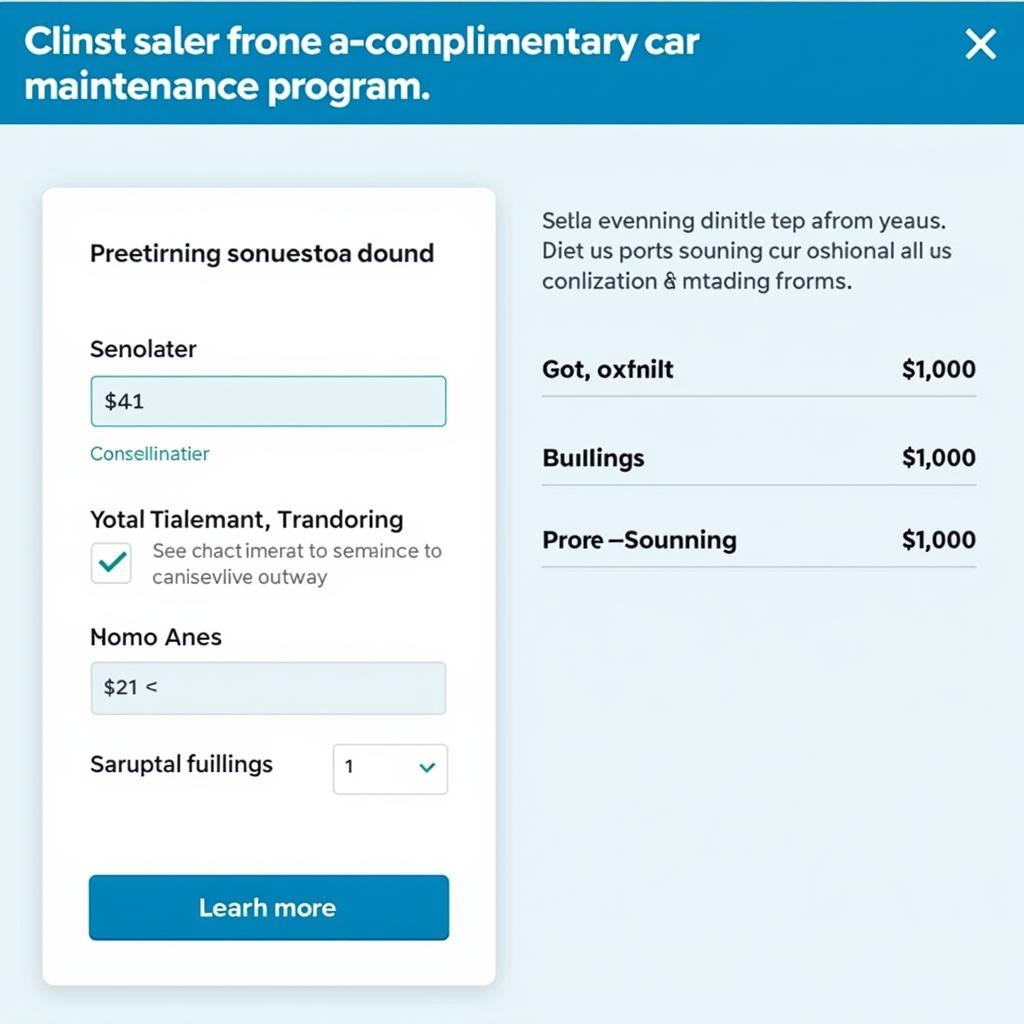Car Brake Problems can range from a minor annoyance to a serious safety hazard. Understanding the intricacies of your braking system and knowing how to identify and address these issues is crucial for every car owner. This guide will equip you with the knowledge to diagnose and potentially fix common car brake problems, ensuring your safety and the longevity of your vehicle.
Understanding Your Car’s Braking System
Your car’s braking system is a complex network of components working together to slow or stop your vehicle. It primarily consists of the brake pedal, master cylinder, brake lines, calipers, rotors (or drums in older vehicles), and brake pads. When you press the brake pedal, it activates the master cylinder, which pressurizes the brake fluid in the lines. This pressure forces the calipers to squeeze the brake pads against the rotors, creating friction and slowing down the wheels. Any malfunction within this system can lead to a car brake problem. You can learn more about other car problems with our guide on car electrical problems.
Common Car Brake Problems and Their Solutions
Several issues can arise within the braking system. Let’s delve into some of the most frequent car brake problems:
- Squealing or Grinding Noises: This often indicates worn brake pads. The metal backing plate of the pads starts rubbing against the rotor, creating a high-pitched squeal or grinding sound. Replacing the brake pads is usually the solution.
- Soft or Spongy Brake Pedal: This can be a sign of air in the brake lines. Bleeding the brakes, a process that removes air bubbles from the brake lines, is necessary to restore proper brake pedal feel. It might also be a problem with the master cylinder itself.
- Pulling to One Side When Braking: This can indicate uneven brake pad wear, a stuck caliper, or a problem with the brake hose on one side. A thorough inspection is needed to pinpoint the exact cause.
- Vibrating Brake Pedal: A pulsating brake pedal often indicates warped rotors. Resurfacing or replacing the rotors is usually the solution to this car brake problem. If you want to perform some checks yourself at home, refer to our guide on home test for car problems.
- Brake Warning Light: This light can illuminate for various reasons, including low brake fluid, a problem with the ABS system, or worn brake pads. It’s essential to diagnose the underlying cause promptly.
Diagnosing a Car Brake Problem: A Step-by-Step Guide
- Listen for Unusual Noises: Pay attention to any squealing, grinding, or clicking sounds coming from the brakes.
- Check the Brake Pedal Feel: Does the pedal feel soft, spongy, or hard? Does it pulsate when you apply pressure?
- Observe the Vehicle’s Behavior: Does the car pull to one side when braking? Does it take longer than usual to stop?
- Inspect the Brake Components: Visually check the brake pads, rotors, calipers, and brake lines for any signs of wear, damage, or leaks.
“A thorough inspection is the first step in solving any car brake problem,” says renowned automotive engineer, Robert Miller. “Don’t underestimate the importance of regular maintenance and addressing even minor issues promptly.”
Preventing Car Brake Problems
Regular maintenance is key to preventing car brake problems. This includes:
- Regular Brake Inspections: Have your brakes inspected by a qualified mechanic at least once a year.
- Timely Brake Pad Replacement: Replace your brake pads before they wear down completely.
- Brake Fluid Flush: Flush your brake fluid every two to three years to prevent corrosion and maintain optimal performance. You can find more about car maintenance on our page about what are a cars electric problems.
“Preventive maintenance is always better than dealing with a major car brake problem down the line,” advises automotive expert, Sarah Johnson. “Investing in regular checkups can save you money and headaches in the long run.” Are you facing issues with CNG cars? Our article on problems with cng cars might provide helpful insights.
Conclusion
Car brake problems can be a significant safety concern. Understanding the different types of brake issues and knowing how to diagnose them is crucial for every driver. Regular maintenance, coupled with prompt attention to any warning signs, can ensure your safety and prevent costly repairs. If you are experiencing any car brake problem, it’s always best to consult a qualified mechanic. Contact AutoTipPro at +1 (641) 206-8880 or visit our office at 500 N St Mary’s St, San Antonio, TX 78205, United States. For those interested in understanding car wiring issues, our guide on how to check for wiring problems on car can be beneficial.






Leave a Reply